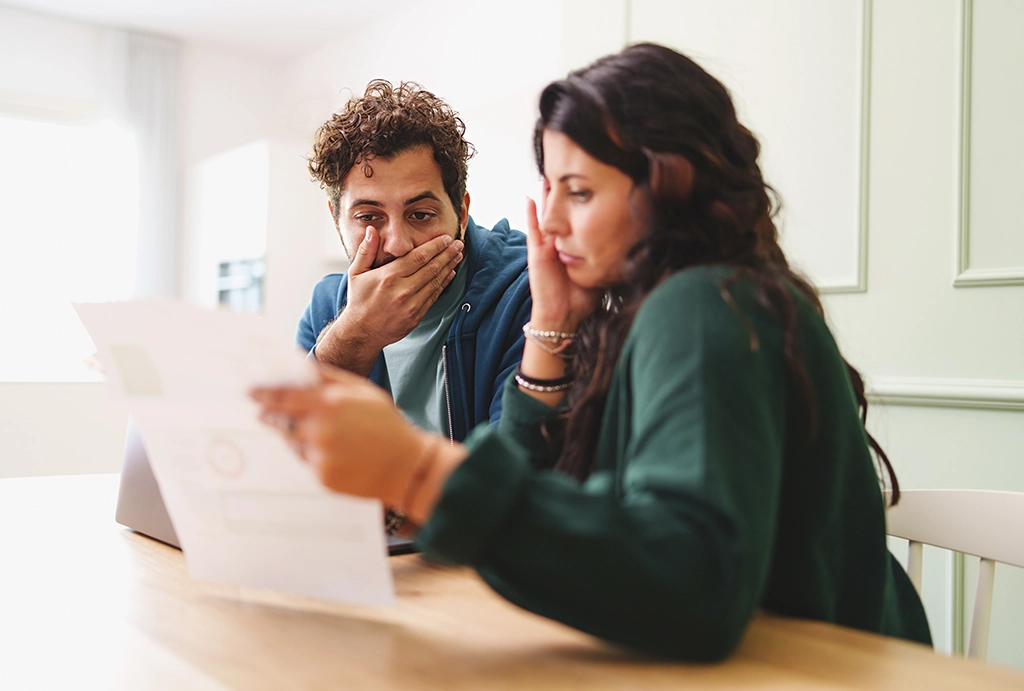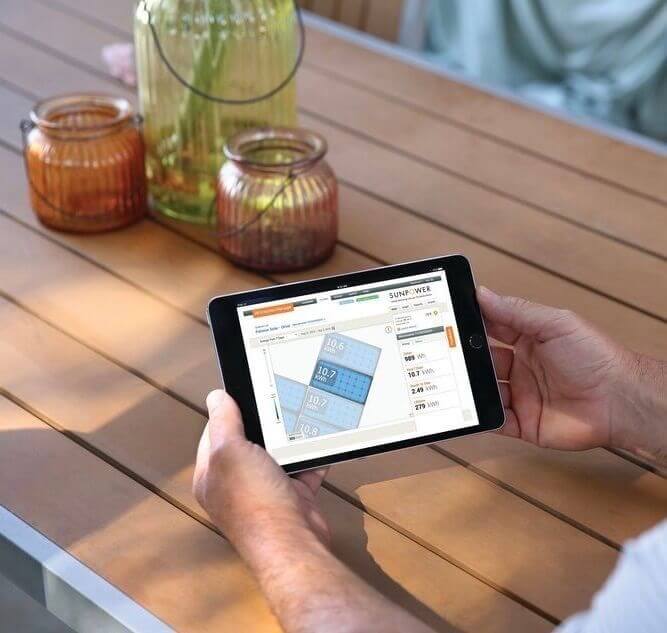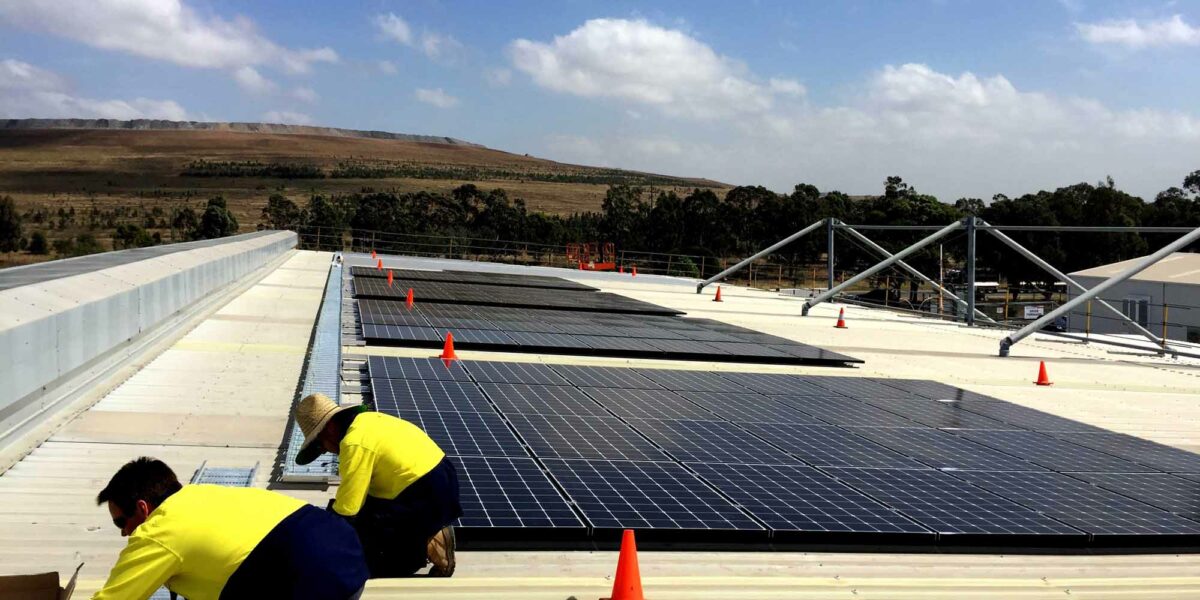Understanding the Carbon Footprint of Solar Panels
- Logan Haggerston
When can you expect your solar panels to become carbon neutral and generate more clean energy than it took to produce them?
We’ve all heard about the benefits of solar panels. They offer freedom from utility companies with ever-increasing prices. They provide clean renewable energy, and they can even increase your home value! But just how environmentally friendly are they once when you factor in the complete carbon footprint of solar panels over their productive lifecycle?
Many consumers like you might wonder, “How long do my solar panels need to run before they begin to make additional positive environmental contributions?” To answer these questions and more, we have compiled this resource that details key terms like carbon positivity, provides some helpful context and outlines what this all means for you.
What is a Carbon Footprint?
According to The Nature Conservatory “A carbon footprint is the total amount of greenhouse gases (including carbon dioxide and methane) that are generated by our actions.”
Regarding the carbon footprint of solar then, we are referring to the greenhouse gas emissions and waste generated by solar panel manufacturing, distribution, and installation.
What Does Carbon Neutral Mean?
To understand the term carbon positive, we must first discuss carbon neutrality. Carbon neutrality occurs when the overall carbon dioxide emissions generated by a product or service, i.e., a solar power system, become equal to zero. Essentially, it is the point when the solar panels have generated enough clean energy to offset emissions released into the atmosphere during production and installation.
The total carbon emissions generated during manufacturing and installation are calculated in line with several factors. These include:
- The mining of raw materials used to create the panels
- Construction and assembly of the product using these raw materials
- Transportation between manufacturer and distributor
- Installation of the panels on your home by a reputable supplier
Basically, by the time the solar panel has been built, shipped to Australia, packed by the supplier, and installed on the roof, the panels have caused a certain amount of emissions to be released into the atmosphere and it will take a variable amount of time generating electricity free of any environmental cost to “payback” this CO2 “debt.”
A Solar Panel’s Lifespan
Another factor to consider is the total productive lifespan of the product. Essentially, how long do your solar panels produce energy before needing to be replaced?
Markus Lambert, General Manager of Solar and Energy at LG Energy, describes this succinctly when he states, “the true carbon neutralness [is dependent] on the solar panel. If a solar panel is of very poor quality…[it will likely fail] within two or three years.” Markus’s statement emphasizes that the point at which a solar system achieves carbon neutrality depends on its quality.
If, on average, it takes at least 2 years for a system to reach a CO2 positive position and the panels need replacing at year 3, then very little difference has been made in reducing the overall carbon footprint of the solar panel product. Purchasing a first-rate solar system through a supplier such as HCBU will ensure the system reaches carbon neutrality quickly and has a lower footprint.
For example, if a panel produces 320 watts instead of 250 watts for the same amount of aluminium and production process, the solar panel’s carbon footprint will be considerably lower.

What Does Carbon Positive Mean?
Now you know about carbon neutrality. Next comes carbon positivity. To become ‘carbon positive’ is to move beyond offsetting emissions released during production and produce a surplus of clean energy that can be fed back into the grid.
For your solar system to become carbon positive, it must generate emissions-free energy beyond carbon neutrality and contribute towards offsetting emissions from other sources. A high-quality system installed by professionals lasts an average of 25 to 30 years, meaning that the potential for the supply of efficient green energy spans decades. This means that solar users enjoy the financial benefits of reduced electricity bills whilst helping to reconcile the damaging environmental impacts of past practices and lifestyles.
Why is Carbon Positivity Important?
Carbon positivity is important as it means a system fulfils its primary requirement, in this case, electricity, with the added benefit of reducing the impact of carbon dioxide released into the atmosphere by other sources. Carbon positivity supports our transition towards greener energies while compensating for areas that need more work.
Carbon-positive solar systems generate more power than the household requires and then export this excess energy back into the electrical grid for use elsewhere. This is not only a bonus for the environment but potentially for you as well!
The state of NSW currently offers feed-in tariffs under a Voluntary Retailer Contribution. However, many electricity companies will compensate you for the excess energy you put back into the grid. The rate per kilowatt of energy varies from supplier to supplier, so be sure to research your options.
To benefit, your system will require a net or smart meter. A bonus of smart meters is added control. They allow you to see how much energy you have used and where. This can help you to identify ways to make your system more efficient.
When Will My Solar Power Panels Offset Their Carbon Footprint?
Solar panels must be carbon neutral before they can be carbon positive and offset their carbon footprint. This process takes, on average, 1 to 3 years, depending on the quality and condition of your solar system and the amount of electricity generated. But how is it calculated?
Well, in the case of solar panels, there really is no fixed timeframe for becoming carbon-positive. However, provided you invest in high-quality panels and maintain them appropriately, you can rest assured that your system will reach net zero within the average 1 to 3-year period and become carbon-positive for many decades beyond.
Key Takeaways
- Solar panels have a carbon footprint from manufacturing to installation but become carbon-neutral, offsetting this within 1-3 years.
- Carbon positivity is achieved when panels produce surplus clean energy over their initial carbon output, contributing to grid energy.
- High-quality solar panels and systems installed by professionals extend the period of carbon positivity, enhancing environmental and financial benefits.
- Investing in quality solar solutions ensures rapid attainment of carbon neutrality and decades of carbon-positive energy production.
Ready to Install Solar?
Solar panels can offset and then continue to compensate for the greenhouse gas emissions generated by non-renewable energies, reducing the total impact on climate change. And, taking advantage of solar has never been easier!
HCB Solar have been family-owned and operated for over 15 years. We are the experts in designing solar solutions that are suited to your needs, meaning you get the most out of your investment! Enjoy excellent customer service from start to finish from Newcastle’s most trusted solar power installers.
Find out how HCB Solar can help you benefit from installing a solar power system in your home or business today. Contact us and make the switch today!





